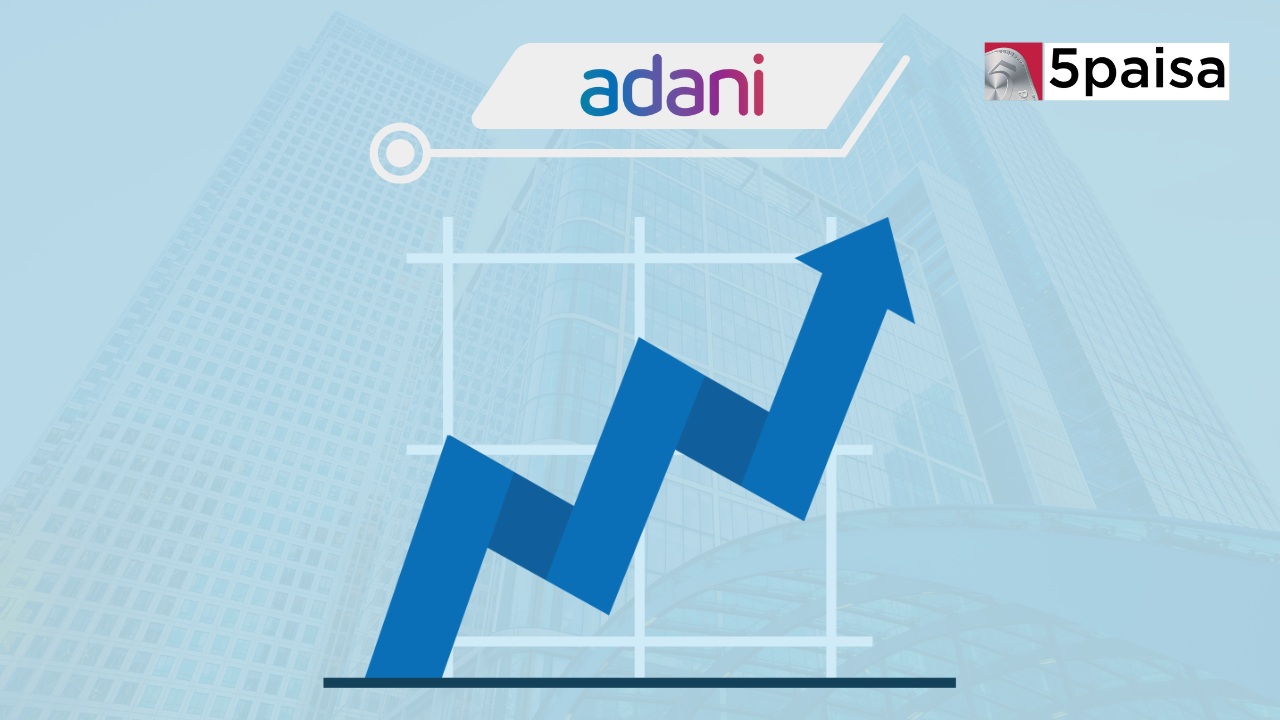DSP Business Cycle Fund Direct (G) : NFO Details
Core Sector growth rebounds to 7.9% for September 2022

Last Updated: 16th December 2022 - 11:03 am
Core sector or the combination of 8 major infrastructure sectors, is a major lead indicator for the economic growth and the IIP. The core sector constitutes nearly 40.27% of the IIP basket and its strong externalities makes it the perfect indicator of shifts in GDP growth trends. Core sector is normally announced with a 1 month lag. For instance, the core sector growth for September 2022 is announced on the last day of October. However, since the core sector is announced before the IIP numbers, it serves as a flag bearer for the same. For September 2022, the core sector growth at 7.9% showed a sharp turnaround.
The core sector growth had been falling consistently in the last few months. For instance, core sector growth had fallen progressively from 19.3% in May 2022 to 13.2% in June 2022 to 4.5% in July 2022 and 3.3% in August 2022. Of course, the August core sector growth did get revised to 4.1%, but it still reflects a weakening of the momentum. In comparison, the September 2022 core sector growth of 7.9% shows a genuine turnaround. To an extent, it can be attributed to the lower base, but it is also on account of sustained government capital expenditure (capex) that has resulted in core sector traction.
Core sector and the 8 components for September 2022
The core sector or the infrastructure comprises of 8 basic sectors viz. Coal, Electricity, steel, cement, fertilizers, oil extraction, refinery products and natural gas. Of these, the sectors like refining, steel, coal and electricity have the highest weightage and contribute to bulk of the shift in the core sector. Here is a quick wrap of the key core sector components.
• A total of 6 out of the 8 core sectors were in the positive in September 2022 with crude oil extraction and natural gas showing negative growth on a yoy basis.
• For September 2022, cement sector led the way with 12.1% growth, followed by coal sector at 12%, fertilizers at 11.8% and electricity growing at 11%.
• Apart from these, steel grew at 6.7% and refinery products at 6.6%. In fact, the sharp turnaround in cement and steel output reflects the government thrust on capex.
• Crude oil extraction and natural gas saw lower output in September 2022 due to pricing issues in gas and ageing wells for crude oil production.
• In the final analysis, it is the weightages that matter a lot. The 7.9% core sector growth for September can be attributed to strong growth in refinery products with 28.04% weight, electricity output with 19.85% weight, Steel with 17.92% weight and coal with 10.33% weight.
Having looked at the 8 core sectors by YOY growth, here is a quick look at the 8 core sectors based on high frequency MOM growth that captures momentum best.
|
Core Sector Component |
Weight |
Sep-22 (MOM) % |
|
Coal |
10.3335 |
0.00% |
|
Crude Oil |
8.9833 |
-1.96% |
|
Natural Gas |
6.8768 |
-1.23% |
|
Refinery Products |
28.0376 |
-2.75% |
|
Fertilizers |
2.6276 |
-2.98% |
|
Steel |
17.9166 |
+1.00% |
|
Cement |
5.3720 |
+4.36% |
|
Electricity |
19.8530 |
-2.61% |
|
Core Sector Growth |
100.0000 |
-1.15% |
What do we read from the MOM core sector growth. It is still negative for the fourth month in a row, but it is the winners that are of greater interest here. For the month of September, steel and cement showed positive momentum while coal production was neutral. However, the other five sectors showed negative momentum leading the overall core sector to contract by -1.15% on a sequential MOM basis. This is the true story of the fact that cement and steel are being driven by government sponsored capex.
Finally, how does the core sector growth look like in cumulative basis for the first 6 months of FY23. At 9.6%, the cumulative core sector growth for FY23 is still impressive, but it is losing momentum. It was 10.4% in FY22, but that is not too reliable since it was on a negative base. That way, the FY23 data is more of genuine growth in core sector. More so, since this growth has come in the midst of major headwinds like recession fears, supply chain bottlenecks, high inflation and ultra-hawkish central banks. The one immediate concern would be the weak rupee as it results in a lot of imported inflation.
Also Read: 10 data points that will drive stock markets this week
To sum up the core sector story, much of the short term momentum has come from government spending on capex and that is evident from the numbers of steel and cement. The good news is that the government is directing its limited resources better.
Trending on 5paisa
Discover more of what matters to you.
Indian Market Related Articles
Disclaimer: Investment in securities market are subject to market risks, read all the related documents carefully before investing. For detailed disclaimer please Click here.
 5paisa Research Team
5paisa Research Team





